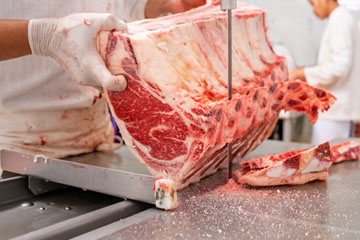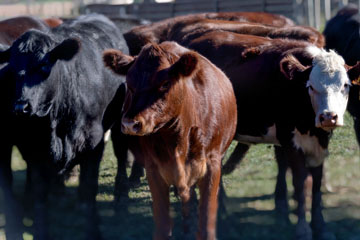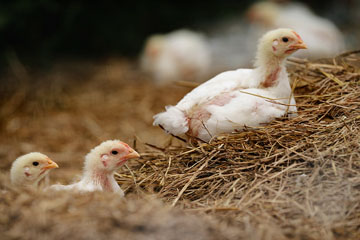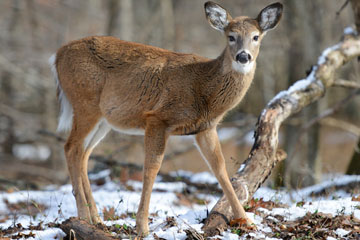The MDA Human Resources Division provides services in the areas of recruitment, selection, personnel transaction processin
Minnesota livestock farmers and ranchers looking to improve their operations can now apply for over $1 million in funding currently available through the Minnesota Department of Agriculture’s (MDA) Agriculture Growth, Research, and Innovation (AGRI) Livestock Investment Grant program.
The AGRI Livestock Investment Grant provides funds to be used for equipment purchases, physical improvements, and acquisition of facilities to assist in starting, improving, or expanding livestock operations within Minnesota. Applicants may apply for an award of up to 10% of a project’s total cost, with grants ranging in size from $400 to $25,000.
Eligible projects include but are not limited to buildings or facilities for raising livestock, watering systems, fencing, feed equipment, and waste management equipment. This round of funding will prioritize projects relating to beginning farmers and farms owned or principally operated by beginning farmers (those who have farmed 10 years or less), generational transitions, production of livestock for kosher or halal markets, and robotic milking equipment.
Applicants must be the principal operator of a livestock operation in Minnesota that produces and sells at least $1,000 of livestock products annually or normally would sell at least $1,000 of livestock products in a typical year.
Only expenses incurred after the grant contract has been signed by all parties are eligible for reimbursement. The MDA expects to have contracts to grantees by March 1, 2025.
Applications for the grant will be accepted until 4 p.m. on Thursday, November 14, 2024, through the MDA’s online application portal. Full grant eligibility and application details can be found on the AGRI Livestock Investment Grant webpage.
Funding for the Livestock Investment Grant is made available through the MDA’s AGRI Program, which administers grants to farmers, agribusinesses, schools, and more throughout Minnesota to advance the state’s agricultural and renewable energy sectors.
###
Media Contact
Logan Schumacher
651-201-6193
Logan.Schumacher@state.mn.us
Congratulations! You’ve been awarded an AGRI Farm to School and Early Care Local Tots Cost-Share.







